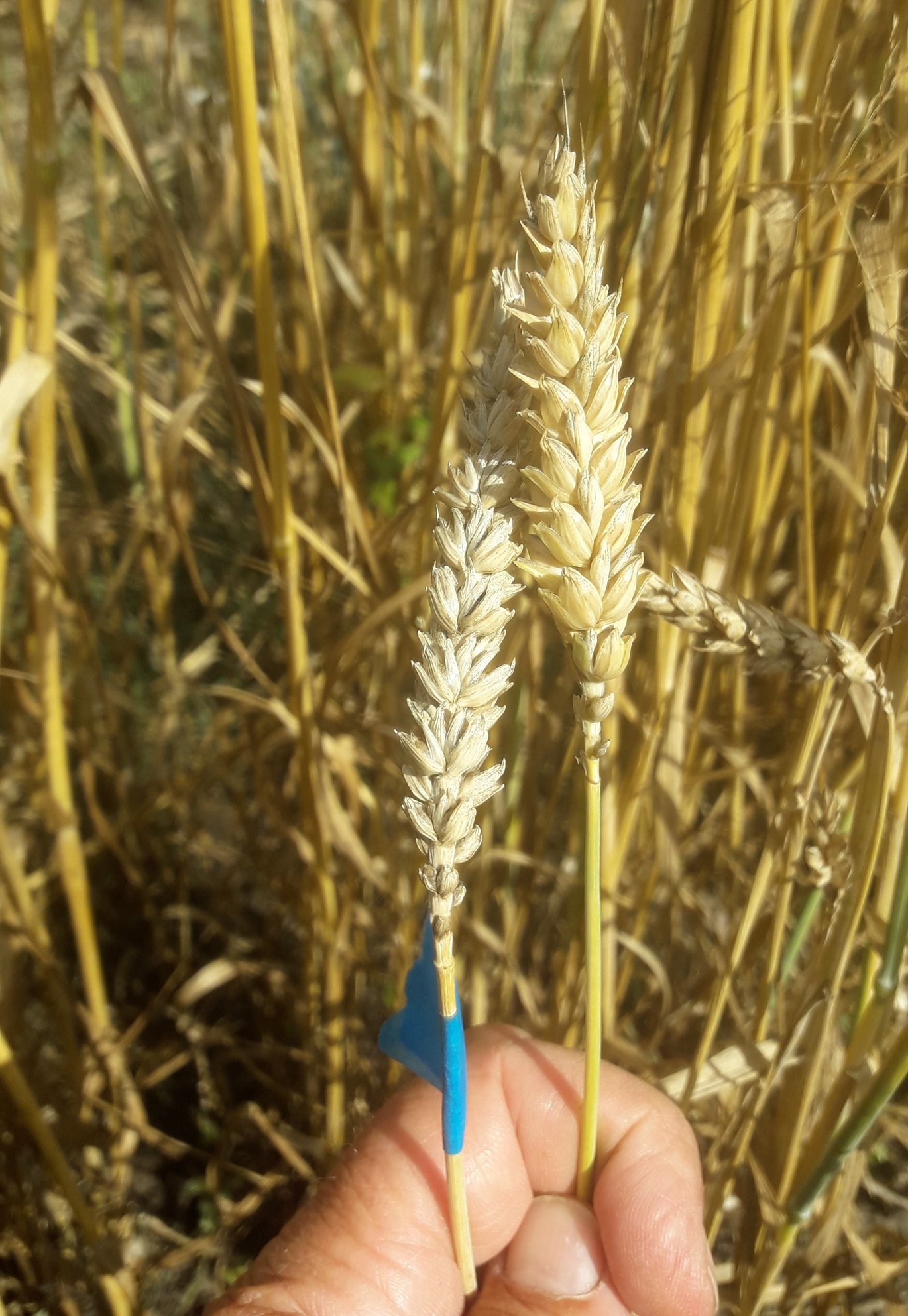Innovative strategies for combating common bunt
The project DIVERSILIENCE's innovative research into combating common bunt in wheat represents a significant advancement in supporting organic farming and preserving biodiversity.

A hidden threat to sustainable agriculture
While common bunt remains largely unknown to the public, its impact on agriculture is profound. This disease poses a significant challenge, especially in organic wheat production, where conventional fungicides cannot be used. The persistence of fungicides in the soil, with a half-life of around four years, exacerbates soil toxicity, undermining biodiversity.
The DIVERSILIENCE and BOOST collaborative effort
In response, the DIVERSILIENCE project, alongside the project BOOST, spearheads the development of wheat varieties with enhanced resistance to common bunt. This effort involves extensive collaboration with global breeders and universities, focusing on two main strategies: the identification of genetic markers for resistance and the analysis of pathotype races affecting resistance genes.
Innovative breeding for resistance
Traditional breeding methods meet modern science as the organization Landsorten and the company Agrologica shift towards using population and mixtures for variety selection. This approach not only aims at combating common bunt but also ensures stability against various agricultural challenges. Remarkably, the project has identified 39 resistance genes, surpassing the initial count of 16, thus paving the way for breeding fully resistant varieties.
Challenges and progress
Despite these advancements, the virulence against almost all resistance genes signifies that no single gene can guarantee complete protection. However, the project has developed precise genetic markers for 25 resistance genes, facilitating the breeding of varieties with combined resistance, thereby significantly reducing the risk of infestation.
The role of mixtures
While mixtures have not shown significant synergistic effects against common bunt, they play a crucial role in limiting the disease's propagation. The blend of effective resistance genes within these mixtures is crucial for enhancing durability against common bunt, despite the linear, rather than exponential, limitation on virulence.
Moving forward
The journey towards resistant varieties continues, with ongoing research focusing on both genetic resistance and sustainable agricultural practices. This balanced approach not only addresses the immediate threat of common bunt but also aligns with the broader goal of ecological sustainability in farming.
To learn more about the DIVERSILIENCE project and its contributions to sustainable agriculture, please visit our website.
Anders Borgen, Agrologica, borgen@agrologica.dk
Anniken Fure Stensrud, NORSØK, anniken.stensrud@norsok.no